With all the wild cake creations out there - matcha lava cakes, galaxy-glazed monstrosities, and whatever new abomination TikTok is pushing - you’d think the humble Victoria Sponge would be gathering dust in the Cake Museum. But nope! This classic isn’t going anywhere, still reigning supreme as Britain’s favourite cake, survey after survey. Bow down to the Queen of Cakes.
You're thinking wrong. As Britain's perennially popular cake, Victoria Sponge is consistently voted as a the nation's favourite, survery after survey.
So where did it come from? How did it get put on this patisserie pedestal? Allow us to take you through the history of the Victoria Sponge.
The cake's name should really be The Royal Victoria Sponge, as its name harks back to Queen Victoria herself, who was said to enjoy a slice of the delicious cake with her traditional English afternoon tea. It is on occasion also referred to The Victoria Sandwich, a reference to the two sponges joined together with fillings.
What is Victoria Sponge?
The Victoria Sponge is a cake, with two sponges made using a mix of sugar, butter, eggs, flour and baking powder. The classic filling is jam and cream.
When was the first Victoria Sponge made?
The first sponge cakes originated in Italy and Spain during the Renaissance era. Italian chefs took their recipes along with them when they were hired by British and French royalty, and the first reference found to sponge cakes in England dates all the way back to 1615. These early cakes were made using equal measures of sugar, butter, flour and the addition of eggs to leaven sponge. However, they were much thinner and not as ‘sponge’ like in texture, making them more like a biscuit.
Cake sponge, in the light and airy form we are familiar with, came about after the invention of baking powder in 1843. The miracle powder, invented by an English food manufacturer called Alfred Bird, helped the cake rise more. This additional leavening allowed for the sponge to include more fat (in the form of butter), therefore creating a richer cake.
Legend has it, Queen Victoria loved nothing more than stuffing her face with a jam and cream-filled sponge at afternoon tea. And honestly, who can blame her? The cake became such a staple of royal tea time that it was eventually named in her honour—because when you’re Queen, people name cakes after you.
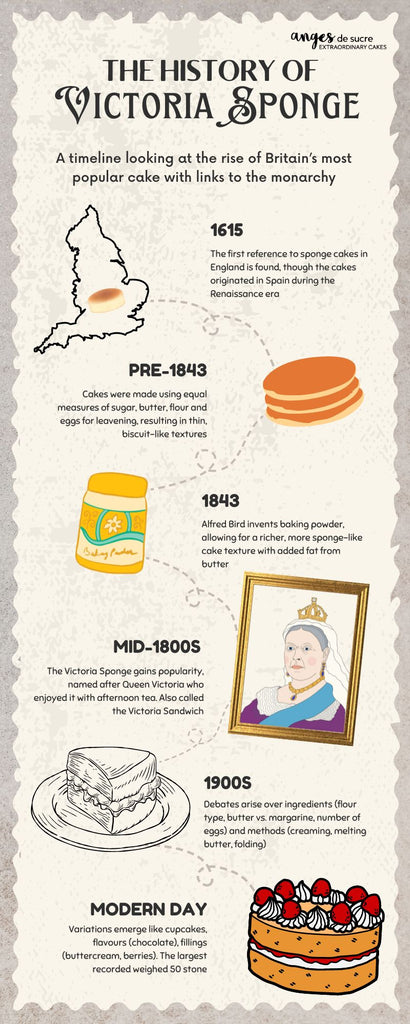
Victoria Sponge Ingredients
For a cake that’s been around for centuries, people sure do love to argue about how to make it ‘properly.’ Flour, butter, eggs - simple, right? Wrong. Some bakers swear by self-raising flour, others demand plain flour + baking powder.
Mary Berry (controversially!) prefers margarine over butter. And then there’s the brave souls who throw in oil, like ourselves, for extra moisture. Our Hero Sponge recipe is perfect for the lightest, and fluffiest sponge.
Victoria Sponge Methods
Once you’ve finished debating the choice of ingredients, there is then the issue of the method. Arguably the most traditional method is to cream the butter and the sugar, before adding the eggs one by one (sometimes with a little of the flour), before folding in the dry ingredients. Modern recipes often call for throwing all the ingredients in and using a mixer to create the cake batter.
The finished cake is hugely sensitive when it comes to oven temperature, so much so that some oven manufacturers actually use the cooking of a Victoria Sponge to test their oven's consistency.
As previously touched upon, even when you’ve finally decided on your choice of ingredients and method, you have the issue of how to fill and decorate the sandwich cake. The traditional filling is raspberry jam and cream, however additional fillings have been added over time. One such debatable filling is the choice of buttercream instead of whipped cream. The flavour of jam has moved over time, with some opting for strawberry rather than raspberry. Fresh berries too have often been added in more modern versions. The cake can then be dusted with icing sugar.
The traditional version is only filled in the middle, however more modern versions have taken to decorating the top too (something we’re certainly guilty of, with our super jazzed up version of The Victoria Sponge Cake).
Moving beyond the traditional Victoria Sponge Cake, a number of ‘spin offs’ have occurred. These include cupcakes, as well as adding additional flavourings to the cake mixture in order to create different flavours.
Victoria Sponge's Cultural Influence
Oxford once baked a Victoria Sponge that weighed 50 stone - that’s the same as a fully grown gorilla or about 7,000 standard slices of cake. It was so massive, it needed nine grown men to lift it. We just hope someone had enough tea to go with it.
The sponge cake has also been credited with inspiring global creations, many of which still exclude the fat. In Latin America, the three-milk cake, or ‘tres leches’ cake, is a sponge (either with or without butter) soaked in three types of milk, as the name suggests. These are condensed milk, cream and evaporated milk. In Italy, ‘pan di Spagna’ (which funnily enough, translates to Spanish Bread) is a version of the sponge cake. Again, this sponge is made without butter, which makes it lighter, and is the basis for other deserts, such as tiramisu.
Victoria Sponge for Children
A popular book based on this classic cake, Willow and Hugo's Winning Victoria Sponge Cake, is part of my baking book series StoryBakes. It's available to order via the website and Amazon.
So there you have it - the grand history of the Victoria Sponge, from royal tea parties to record-breaking bakes. Now, if you’ll excuse me, all this sponge talk has triggered a cake emergency, and I need to bake one immediately. If you’re craving one too, check out our birthday cake collection - because honestly, life’s too short for bad cake..
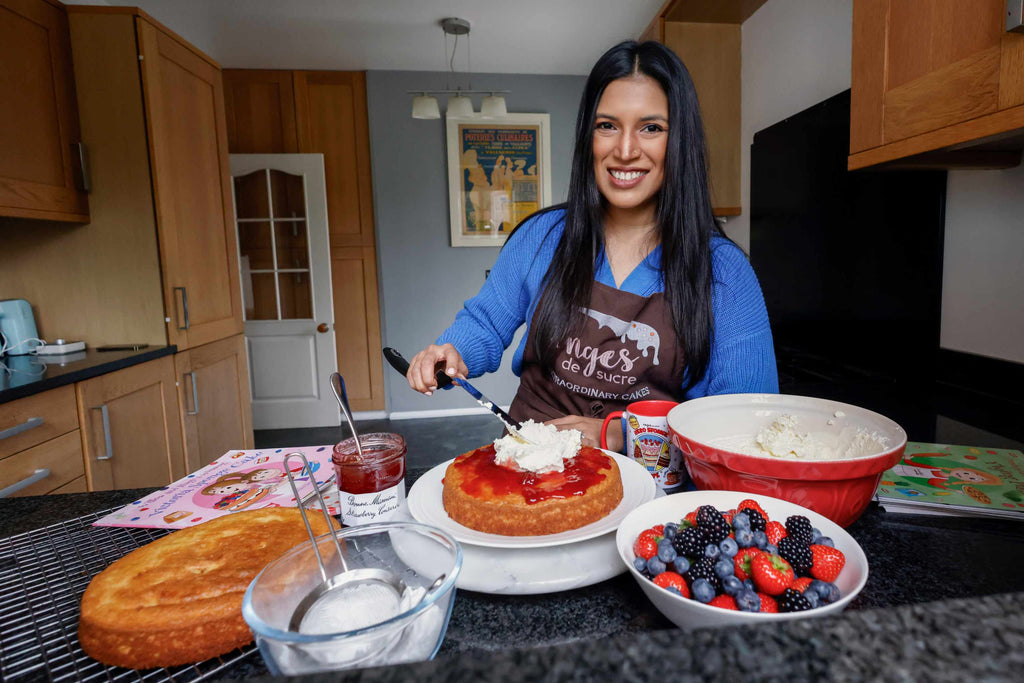
Image: Trevor Adams
Got a strong opinion on how a Victoria Sponge should be made? Butter or margarine? Raspberry or strawberry jam? Let’s settle the debate in the comments - because if we’re going to argue about something, it might as well be cake.
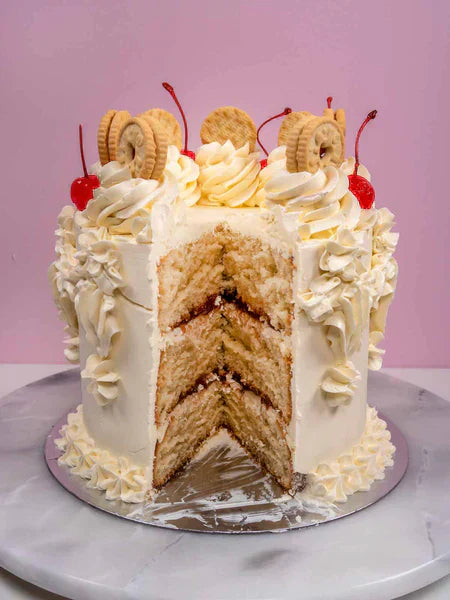



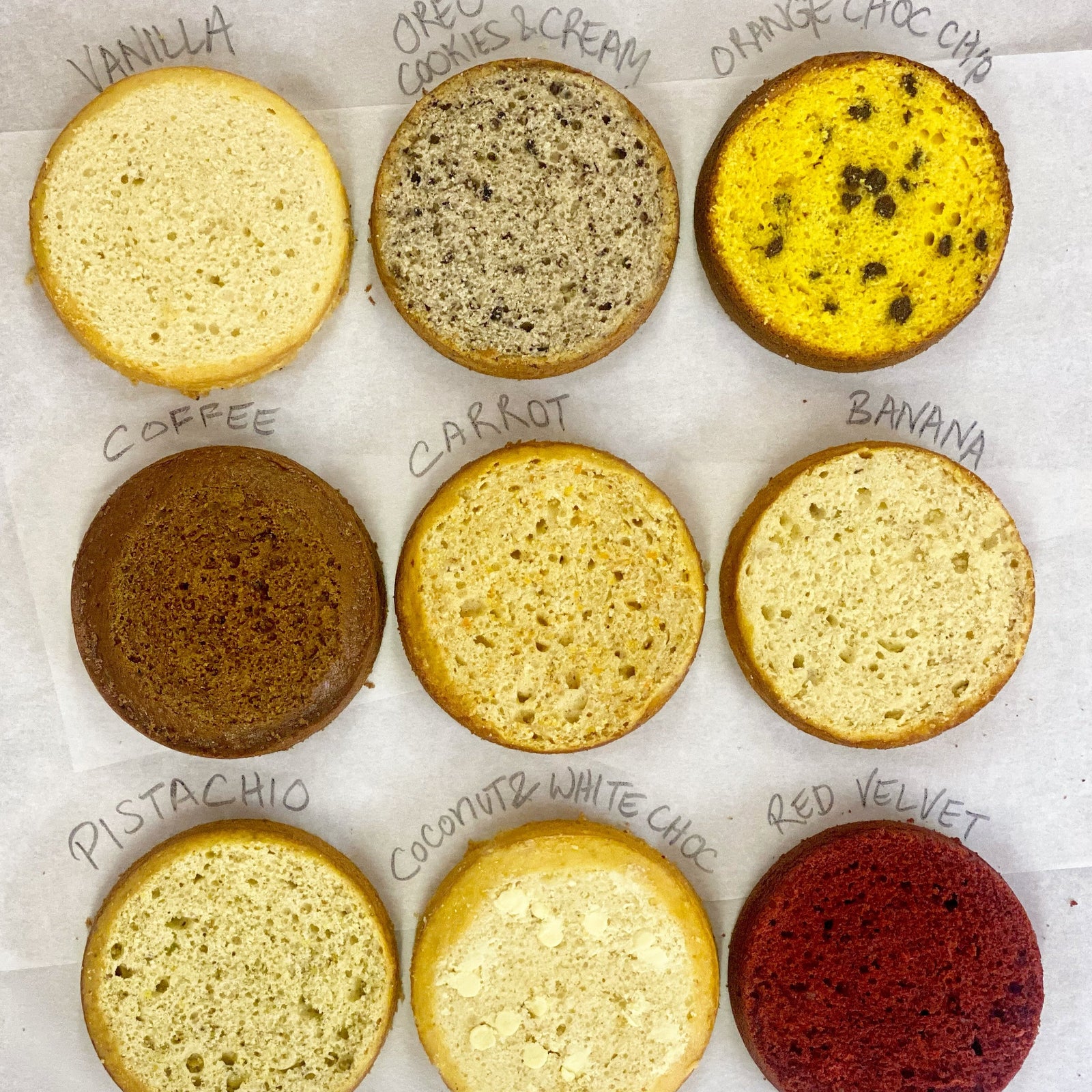
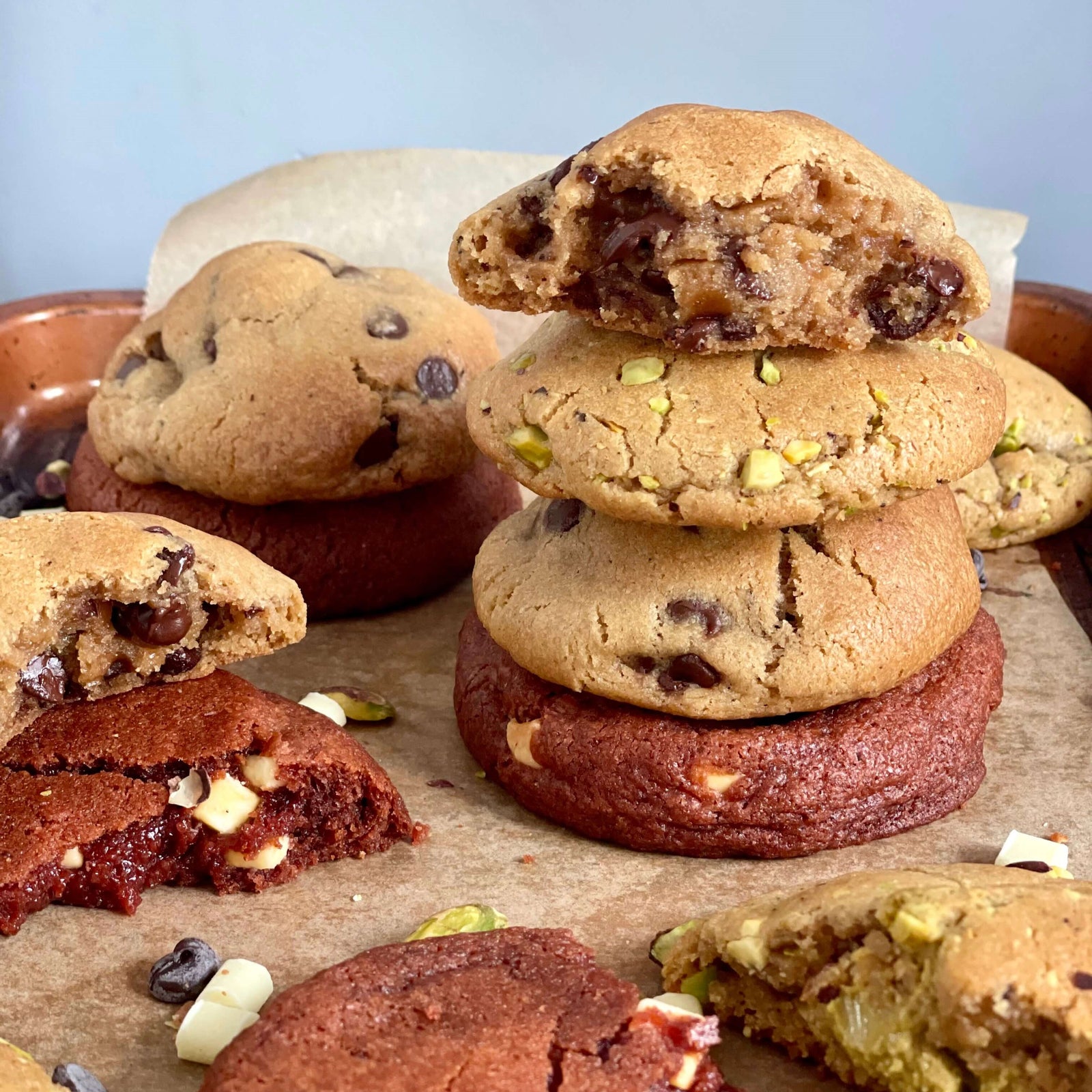
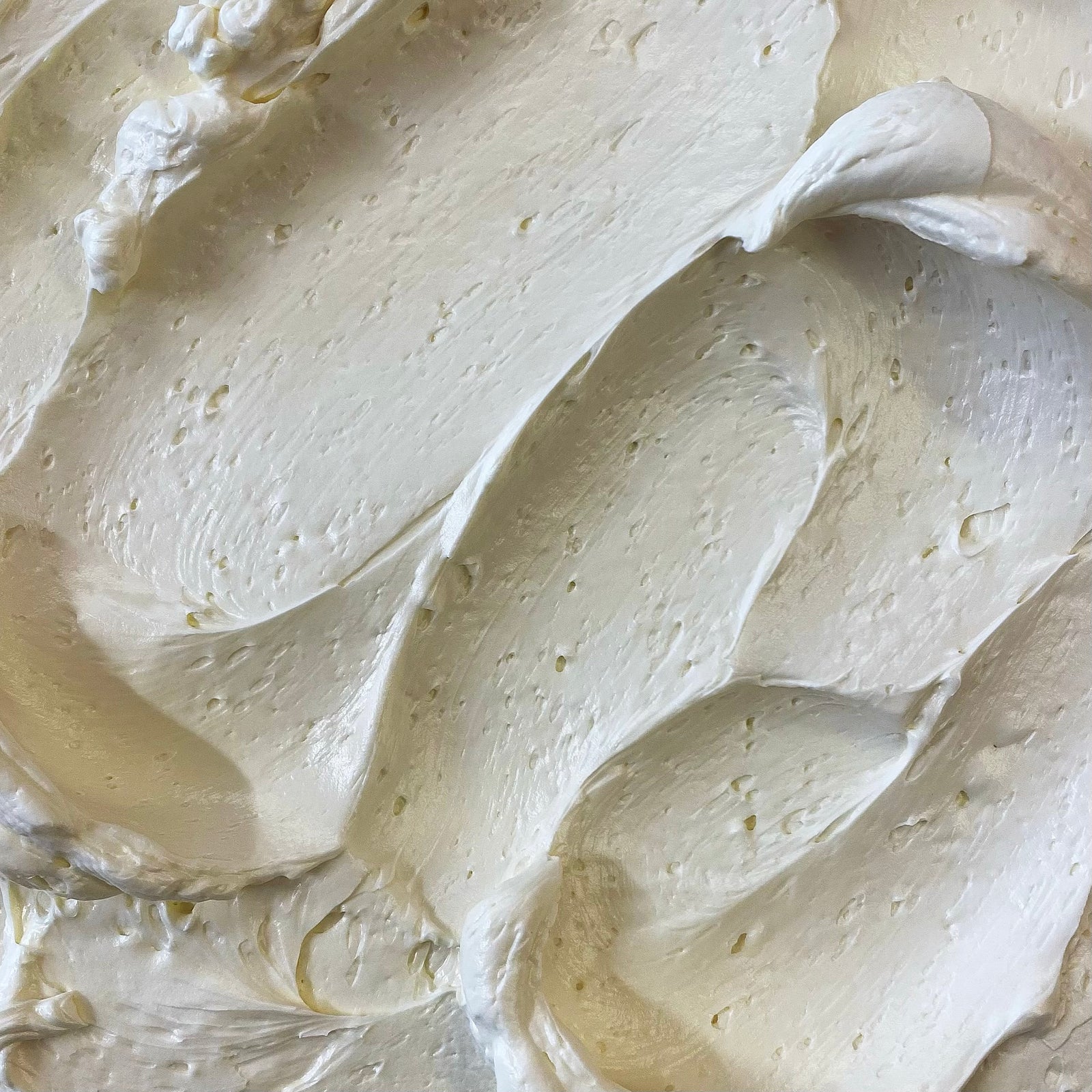
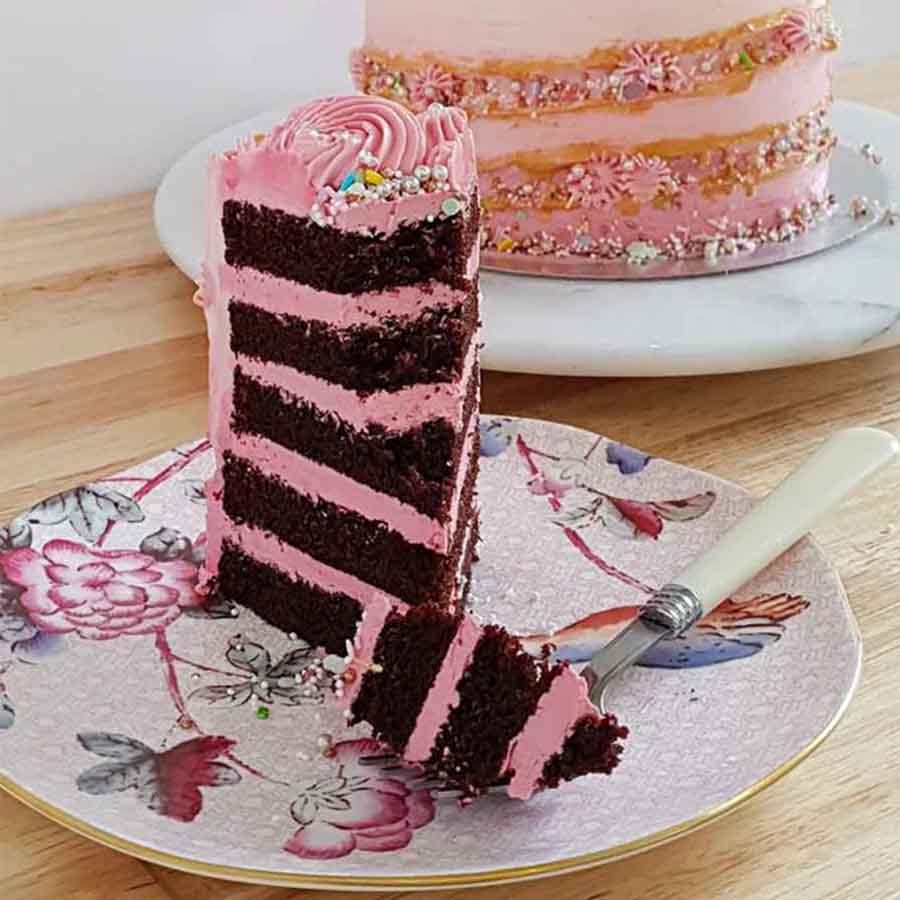
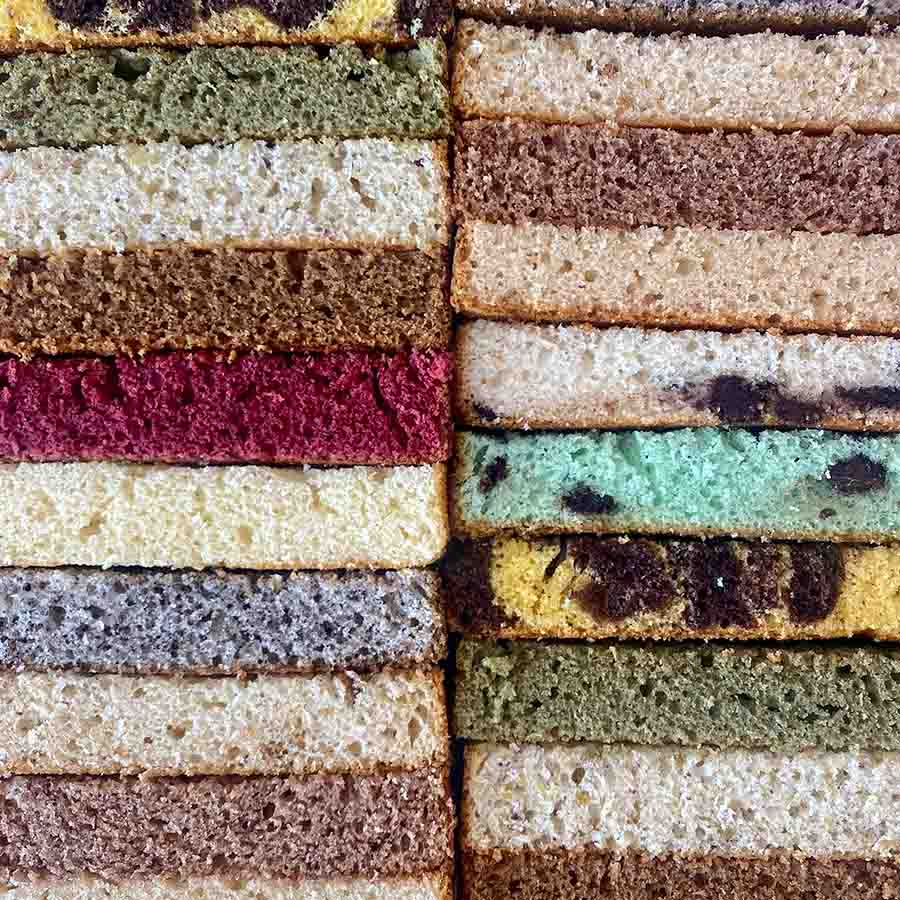
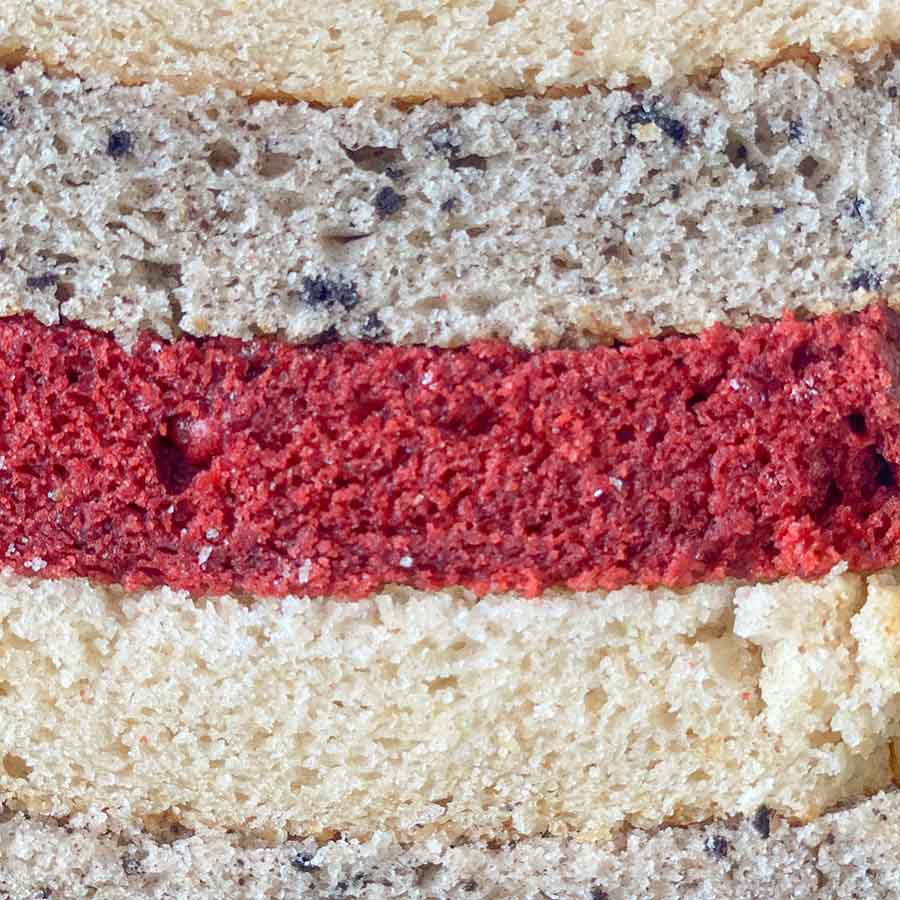
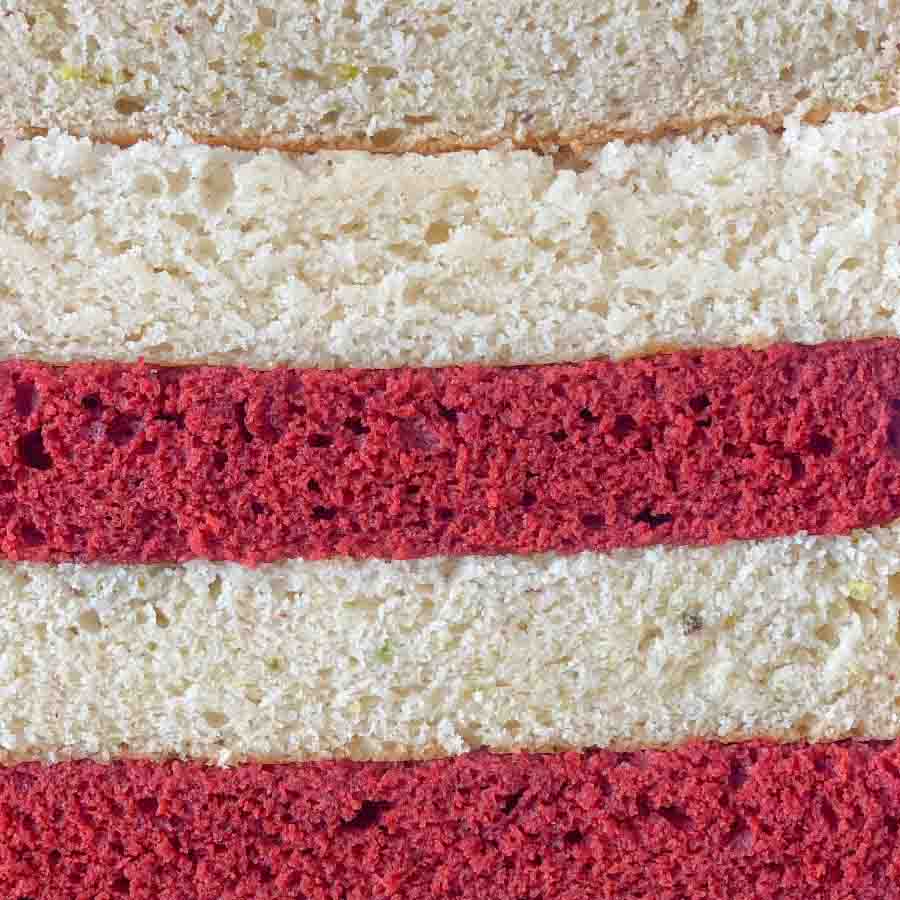
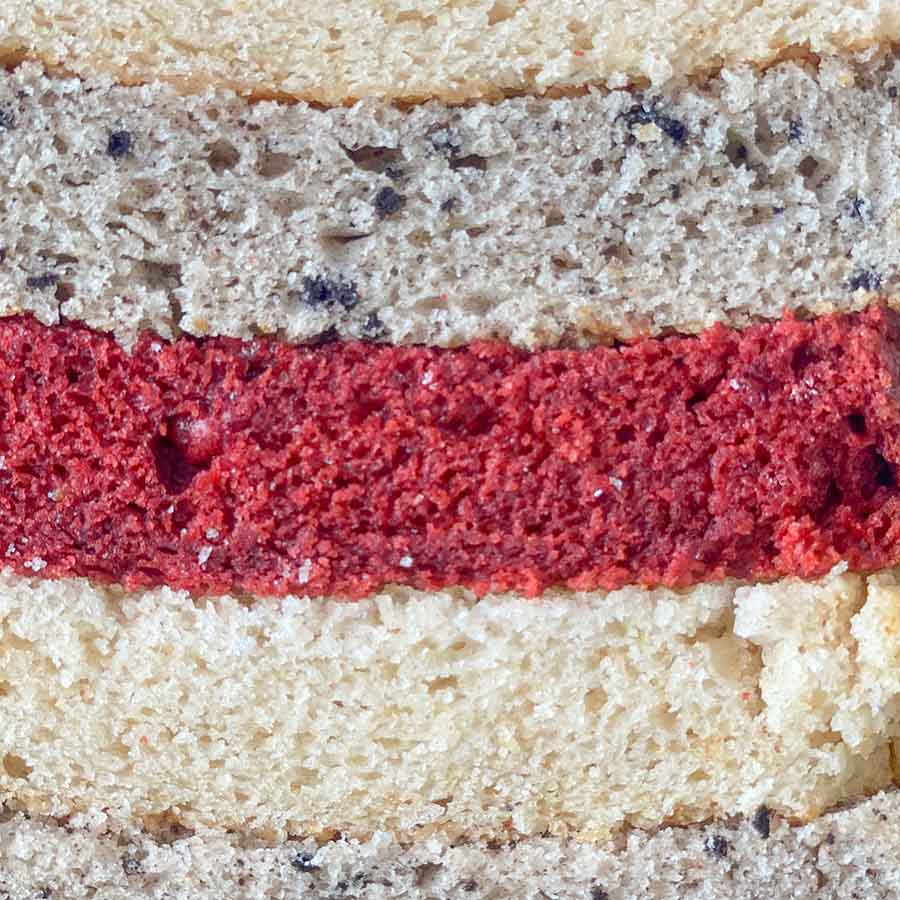
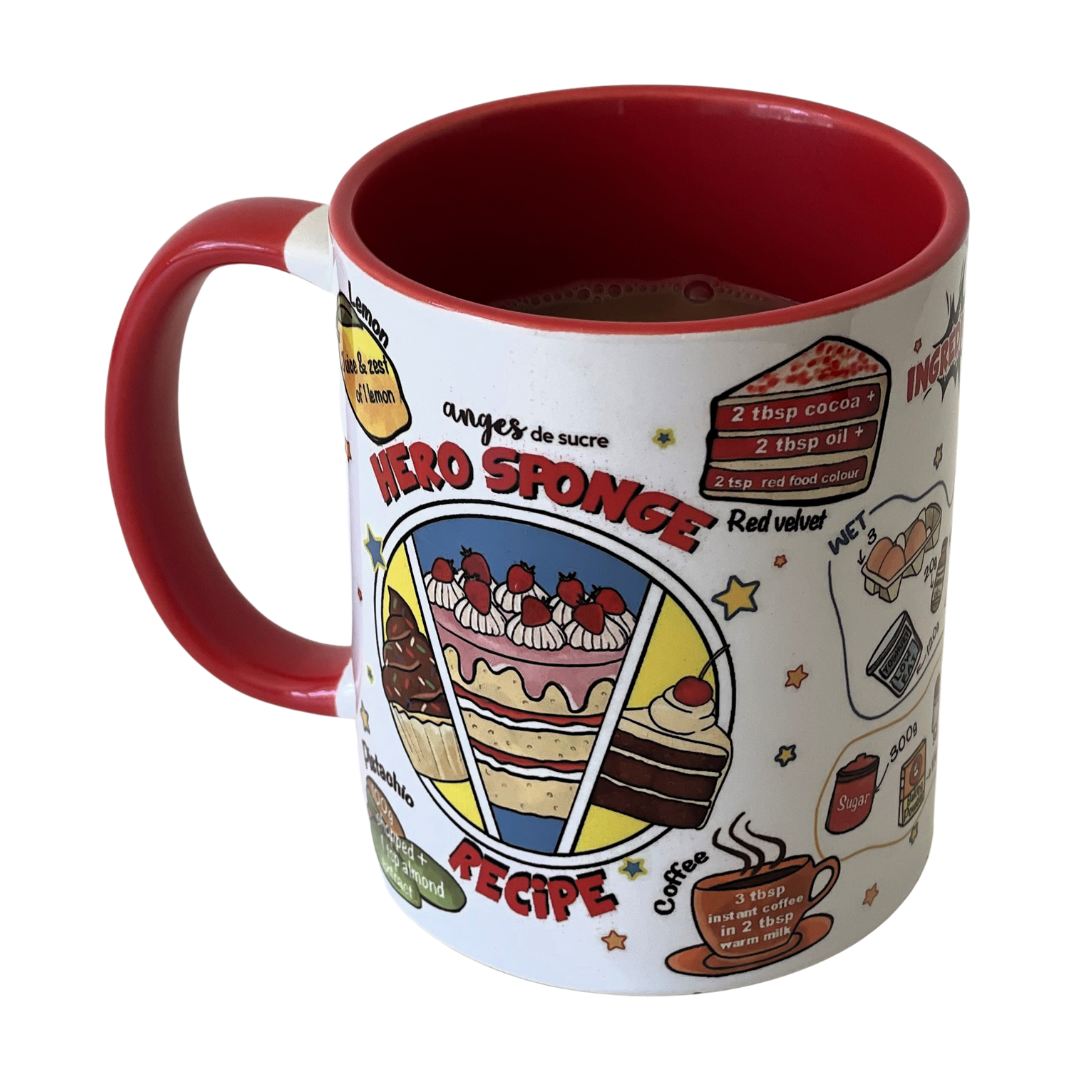
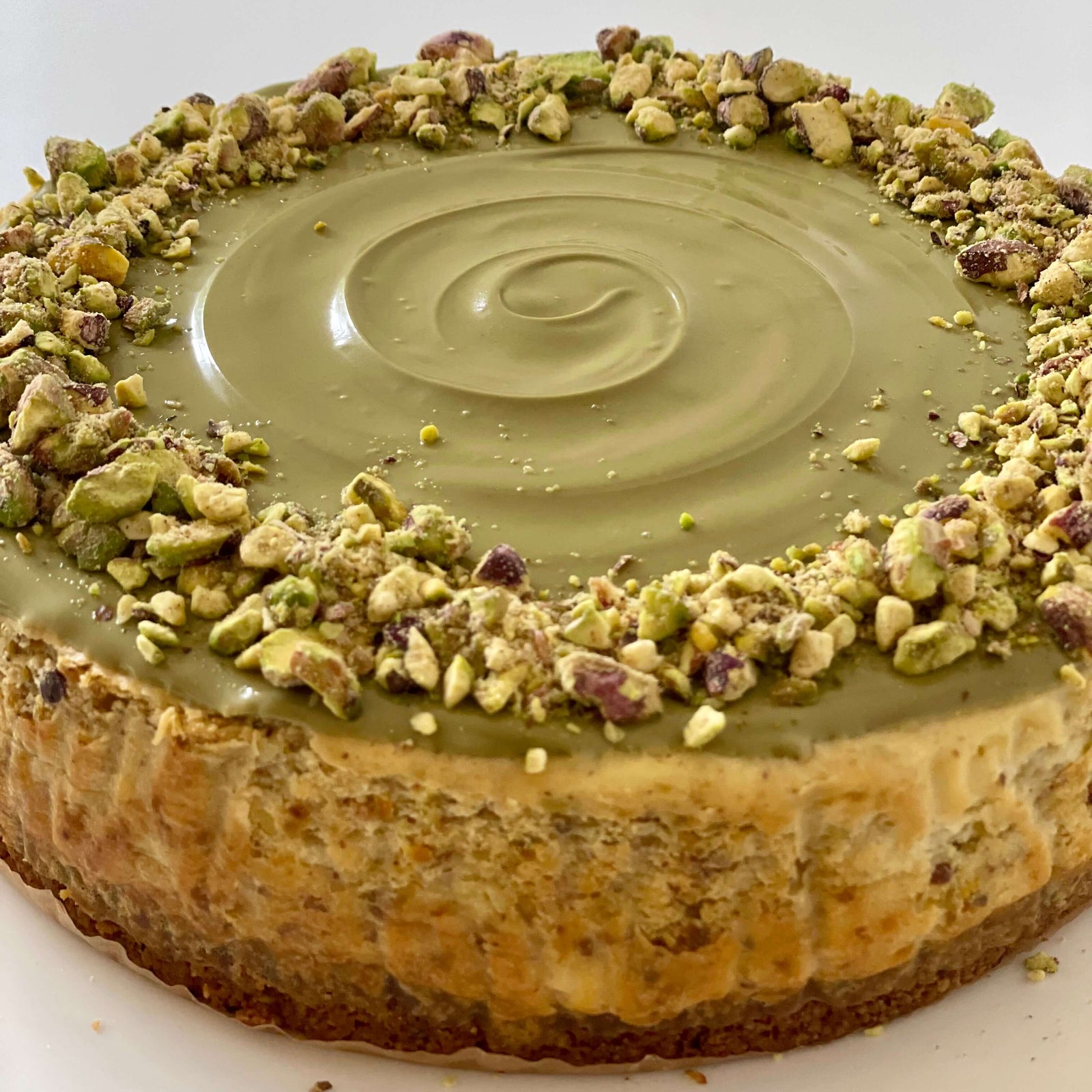
VICTORIA HEIM
May 29, 2022
IS THERE A POEM ABOUT THE ROYAL VICTORIA SPONGE CAKE?
RESEARCHING, AS I AM A POET.
ALL THE BEST, VICTORIA